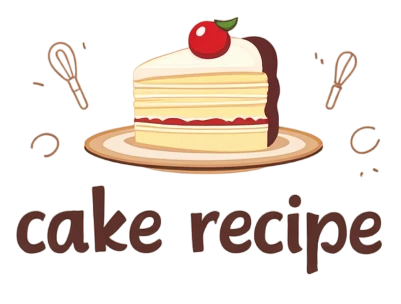Mastering Fondant: A Comprehensive Beginner's Guide to Cake Decoration
Introduction to Fondant
Fondant is a versatile icing made from sugar, water, and other ingredients that can be rolled out and draped over cakes to achieve a sleek and polished finish. Its origins trace back to the 16th century, where it was primarily reserved for royal desserts. Over time, fondant has evolved into a staple for modern cake decorators, allowing for creative expression and intricate designs.
There are several types of fondant available for different applications. Rolled fondant is the most common choice for covering cakes, providing a smooth canvas for decoration. Poured fondant is ideal for glazing pastries and creating shiny finishes. For those who prefer making fondant at home, marshmallow fondant is a popular choice due to its ease of preparation and pliability, making it a favorite for beginners.
Essential Tools and Ingredients
- Rolling pin: Essential for rolling out fondant to an even thickness.
- Fondant smoother: Helps achieve a perfectly smooth surface on your cake.
- Cake turntable: Allows for easy access to all sides of the cake while decorating.
- Sharp knife or pizza cutter: Needed for trimming excess fondant.
- Food-safe paintbrushes: Useful for applying water or edible glue to attach decorations.
In addition to tools, you'll need key ingredients such as gelatin, glycerin, powdered sugar, and food coloring. These can typically be found at local baking supply stores or ordered online from retailers like Amazon or specialty baking websites, providing you with everything you need to get started on your fondant journey.
Preparing Your Cake
Before you begin decorating, ensure your cake is perfectly baked and completely cooled. A level cake is crucial for a professional finish, so be sure to trim any domes from the top. Once leveled, apply a crumb coat, which is a thin layer of icing that seals in crumbs and creates a smooth base for the fondant. This step is vital as it helps the fondant adhere better to the cake and prevents unsightly crumbs from showing through.
Making and Coloring Fondant
To create your own marshmallow fondant, start by melting marshmallows with a splash of water in the microwave. Once melted, gradually mix in powdered sugar until a dough forms. Knead the mixture until it is smooth and pliable. When it comes to coloring your fondant, use gel food coloring for vibrant and rich hues. Add the coloring gradually and mix thoroughly to achieve an even color. For a marbled effect, incorporate different colors lightly without fully blending them for an artistic finish.
Rolling and Covering Cakes with Fondant
Roll out your prepared fondant to about 1/8 inch thick on a clean surface dusted with cornstarch or powdered sugar to prevent sticking. Use a rolling pin for even thickness. Once rolled, carefully lift the fondant over your cake using the rolling pin for support. Gently smooth the fondant down over the cake, ensuring there are no wrinkles or seams. A fondant smoother can be very helpful in achieving a flawless finish.
Basic Fondant Decorations
Begin your decoration journey with simple designs such as flowers, ribbons, or bows. For example, to create a basic flower, roll small balls of fondant, flatten them, and shape the petals. Attach these pieces using a tiny amount of water or edible glue. Start with basic designs to build your skills and confidence, allowing you to experiment with more complex shapes and decorations as you progress.
Advanced Techniques for the Ambitious Baker
Once you feel comfortable with the basics, consider exploring advanced techniques such as crafting fondant figures and creating 3D cake toppers. These intricate designs can elevate your cake decorating game. Utilize online resources like YouTube tutorials or enroll in local cake decorating classes to gain further insights and inspiration. The world of fondant is vast, and there is always something new to learn!
Troubleshooting Common Issues
As you work with fondant, you may encounter some common challenges such as cracking or sticking. To prevent cracking, ensure that your fondant is not too dry and keep it wrapped when not in use. If you find that the fondant is sticking to your work surface or hands, dust your workspace generously with cornstarch to help it roll out smoothly. Addressing these issues promptly will help you achieve a beautiful finish on your cakes.
Showcasing Your Work
Once your cake is beautifully decorated, consider how you will display it. Using a cake stand or platter can elevate the presentation. Good lighting is essential for capturing stunning photographs of your creations, so experiment with different angles and backgrounds to highlight your work effectively. Sharing your cake on social media platforms can also inspire others and connect you with fellow cake decorators.
Conclusion and Encouragement
Embarking on your fondant journey is an exciting and fulfilling experience. Don't hesitate to experiment with new designs and techniques, as each cake is an opportunity to express your creativity. Keeping a cake decorating journal can help you track your progress, document your ideas, and inspire future projects. Remember, practice makes perfect, and every cake you create brings you one step closer to mastering the art of fondant decoration!
Share Your Creations!
Share your fondant creations on social media using #FondantFun and join a vibrant community of cake decorators to connect, share ideas, and inspire each other!
